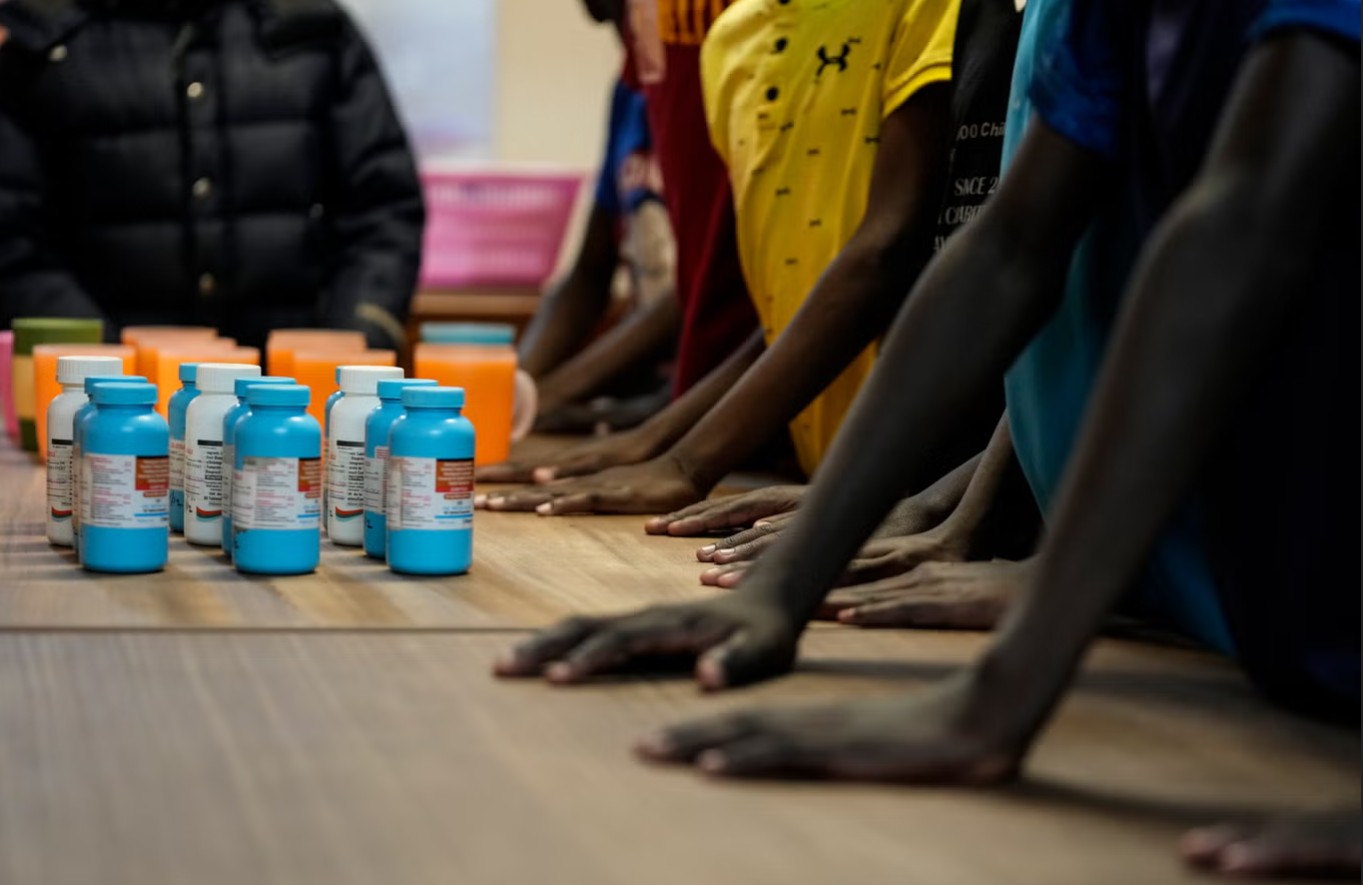Kenya’s HIV Response in Peril as Billions in Global Aid Disappear
More than 1.37 million people living with HIV in Kenya are on the brink of losing access to life-saving treatment and support following a $2.89 billion (KSh 374.9 billion) funding shortfall, according to a new warning from the Global Network of People Living with HIV (GNP+).
The alarming situation comes in the wake of canceled contracts from two key global partners—PEPFAR (The U.S. President’s Emergency Plan for AIDS Relief) and USAID. These cuts have triggered a massive reduction in global HIV funding, with monthly allocations plummeting from $567 million to just $28 million by early 2025.
“PEPFAR-supported clinics in Kenya are shutting down or drastically scaling back operations. Community health workers are being laid off, outreach programs halted, and prevention services—especially in rural and vulnerable communities—have been severely curtailed,” GNP+ reported.
Health Systems at Breaking Point
The funding cuts are already having devastating ripple effects, not just in Kenya but globally. According to GNP+, nine million people were left without HIV treatment in 2023, and 630,000 people died from AIDS-related complications—a reversal of hard-won gains over decades.
In Kenya, the National Syndemic Diseases Control Council has sounded the alarm, projecting a dramatic rise in new infections—from 16,752 to over 58,000 annually—if emergency funding is not secured. The Council estimates that KSh 5.24 billion is needed to sustain services through June 2025, and a further KSh 13.5 billion is required to bridge the 2025/2026 fiscal year as Kenya shifts toward domestic funding mechanisms.
Global Call to Reimagine HIV Strategies
During the 2025 People Living with HIV (PLHIV) Leadership Summit, over 30 global HIV network leaders convened to address systemic weaknesses threatening the global HIV response. Key concerns included:
- Exclusion of PLHIV from national sustainability planning
- Lack of integration of HIV services into primary healthcare
- Misalignment between donor strategies and real-world community needs
“We need to design the HIV response to fit within government-led, multi-sectoral national systems,” said Nduku Kilonzo of Yemaya Health Advisory. “Strategic investments in supply chains, data systems, labs, and community health are crucial to safeguard this progress.”
Jolijn van Haaren of the Dutch Ministry of Foreign Affairs echoed the urgency of adaptability in HIV service delivery:
“We’re at a critical juncture. Sustainable roadmaps must anchor our work, and integrating HIV services into primary health care is no longer optional—it’s essential.”
A Human-Centered Approach is Urgent
Florence Anam, Co-director of GNP+, emphasized the need to center people—not just statistics—in the HIV response:
“Over 40 million people living with HIV globally are more than just numbers. We must reimagine access strategies so that individuals not only survive but thrive. ‘Undetectable = Untransmittable’ underscores why achieving viral suppression is critical—for both treatment and prevention.”
The Clock is Ticking
As Kenya and other high-burden countries face a looming public health crisis, health advocates are urging urgent, coordinated global action. Without it, the world risks undoing decades of progress in the fight against HIV.





